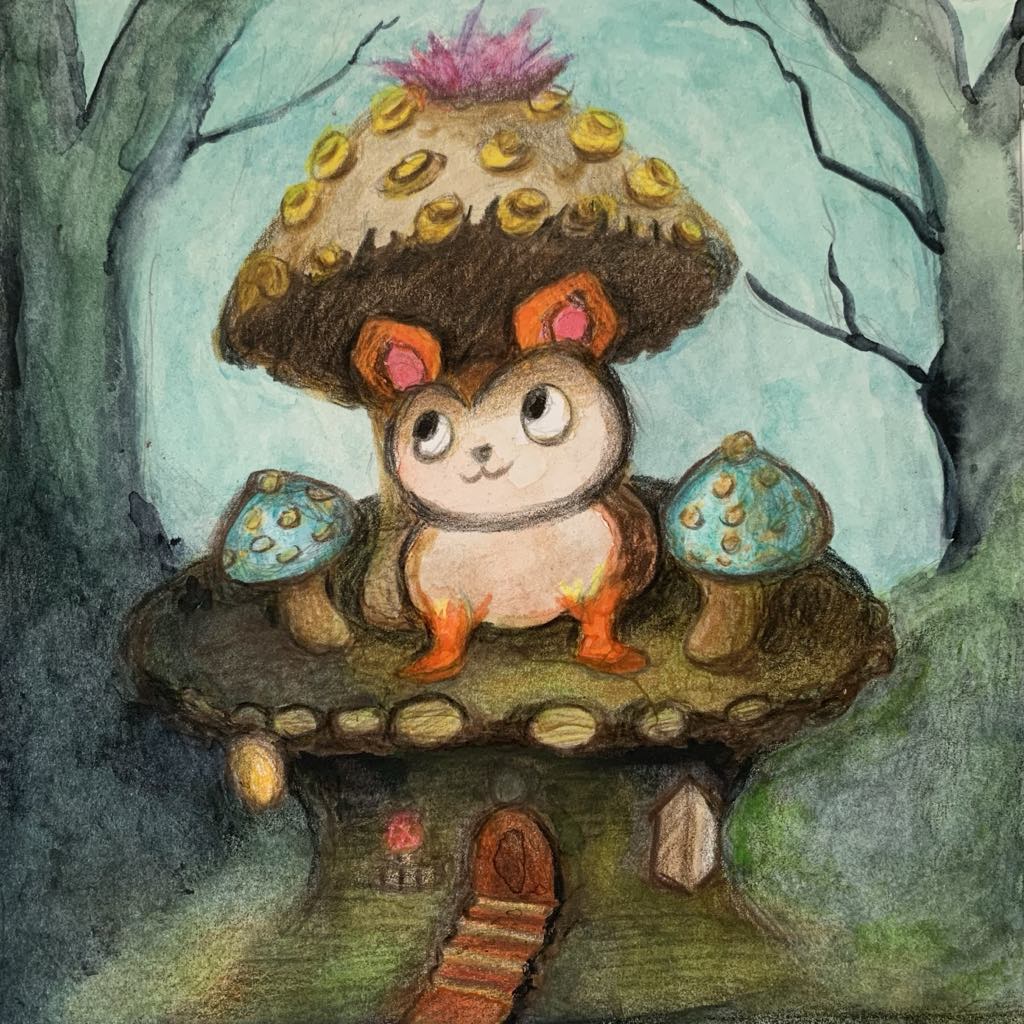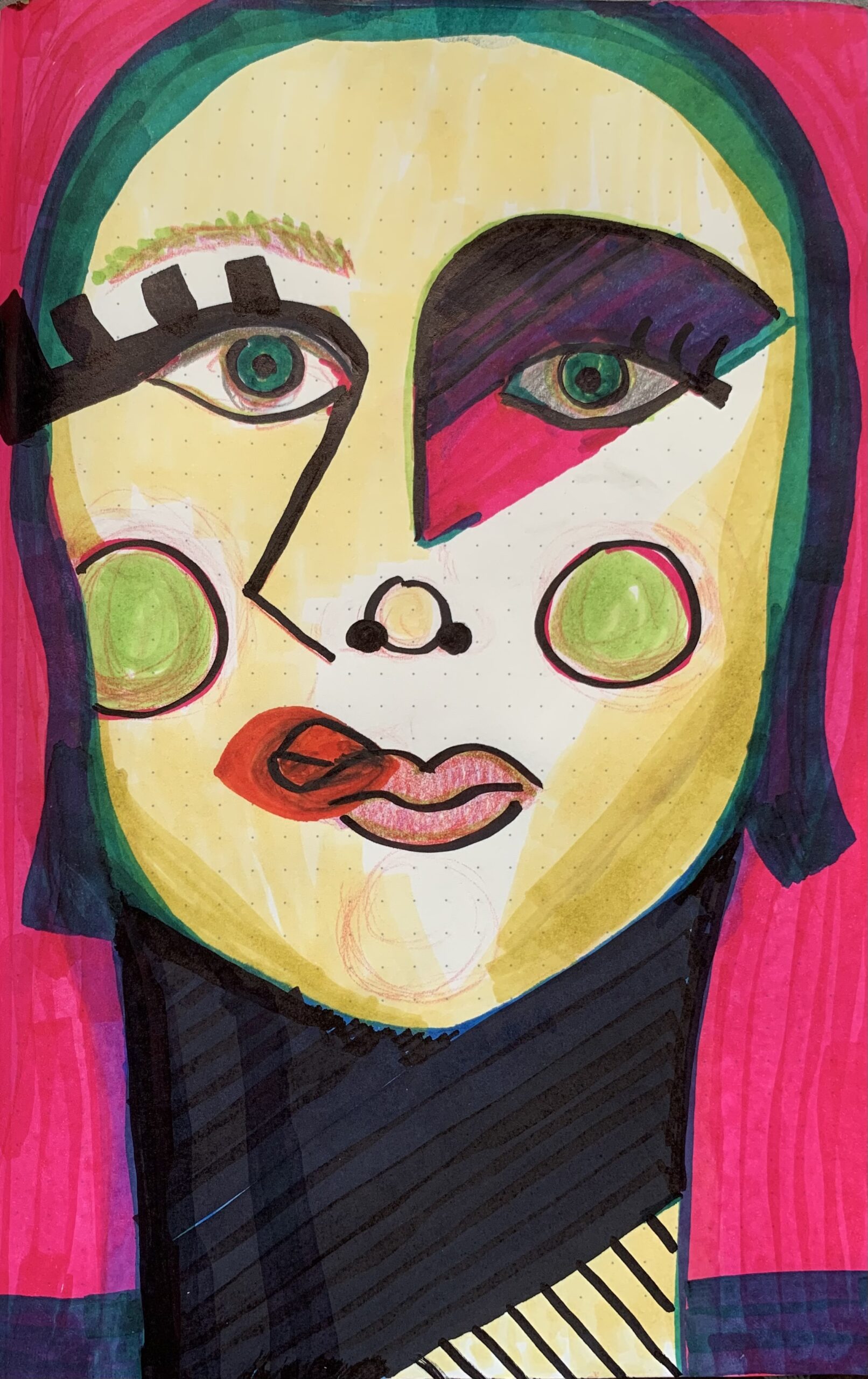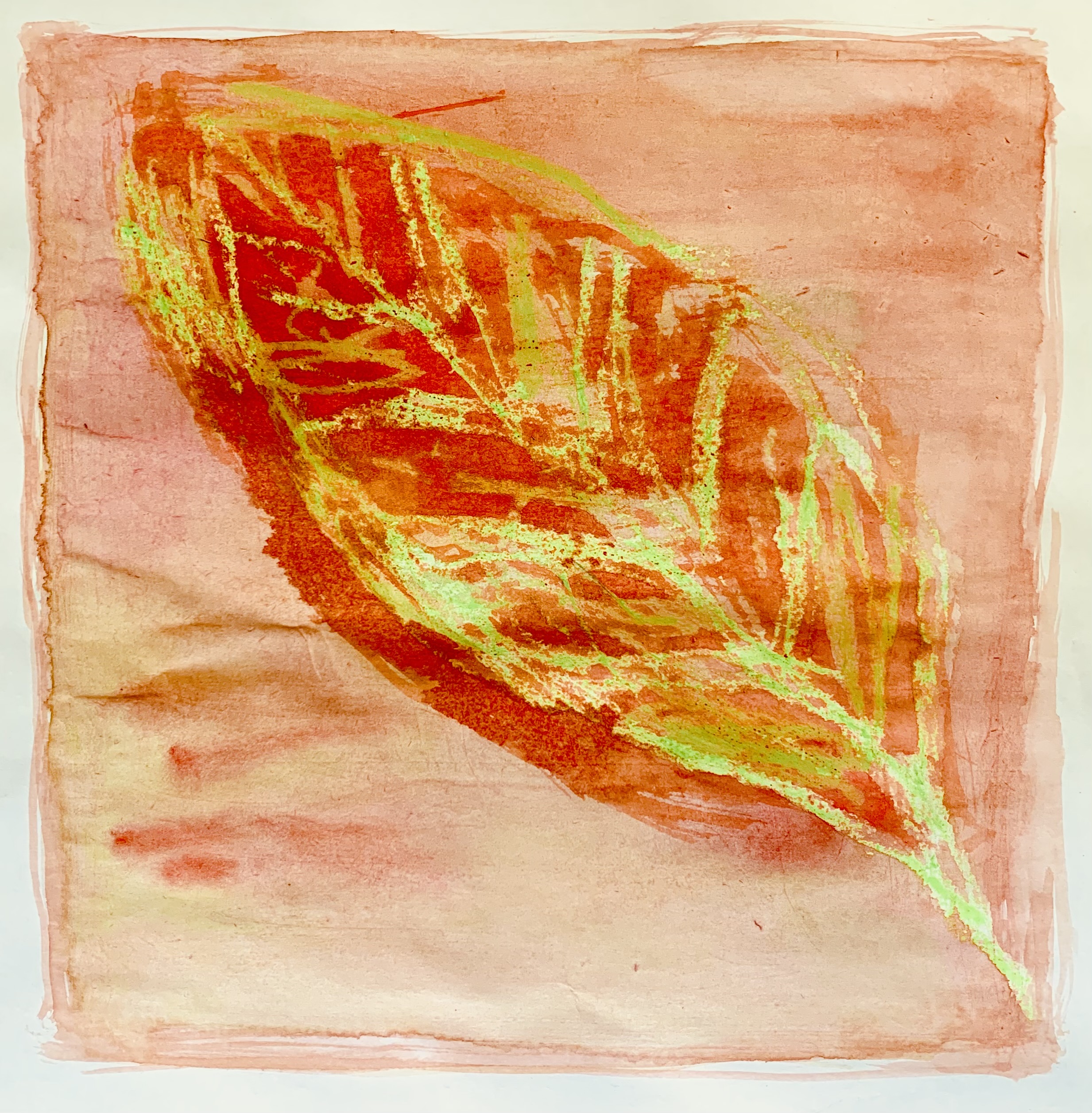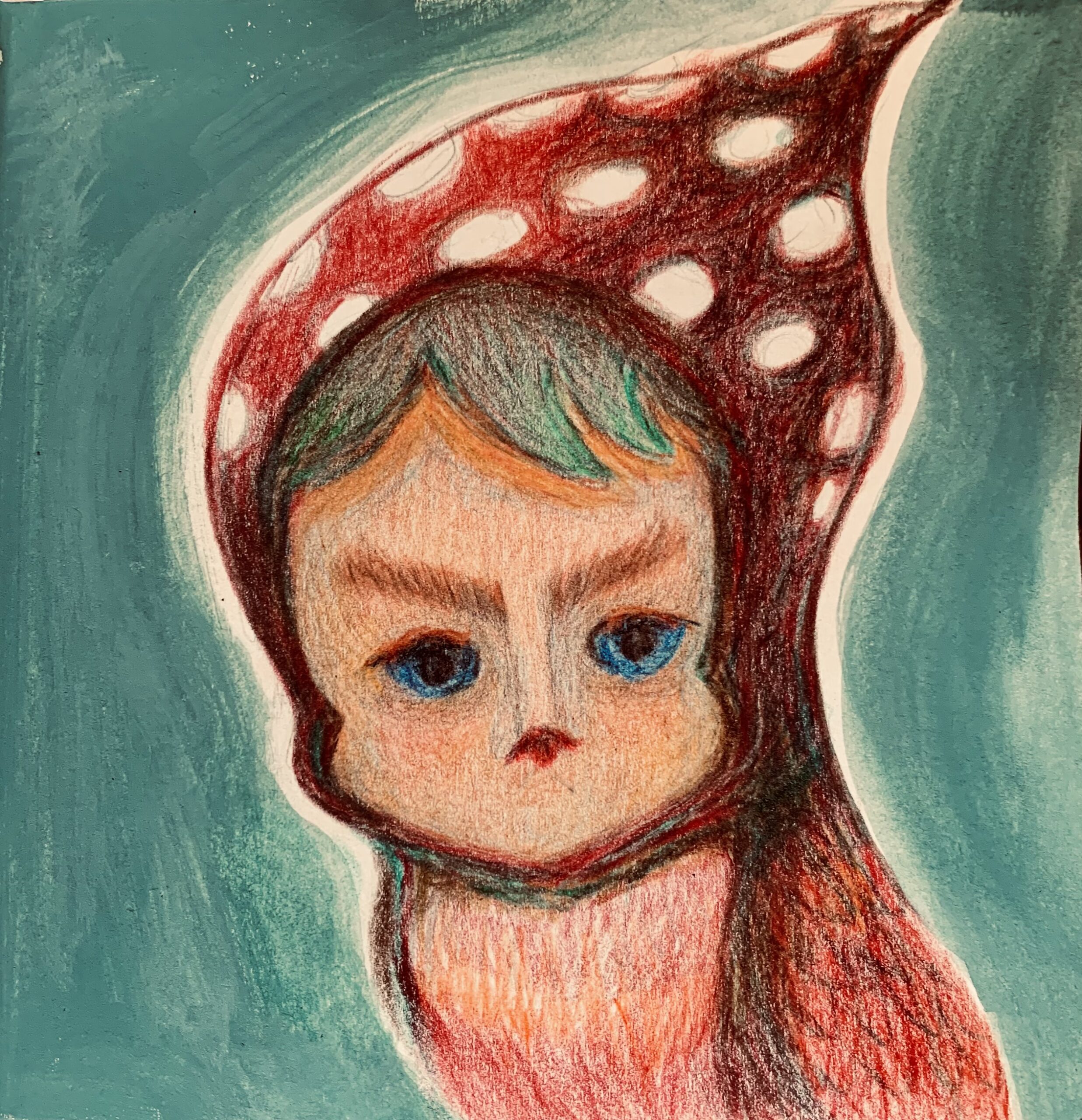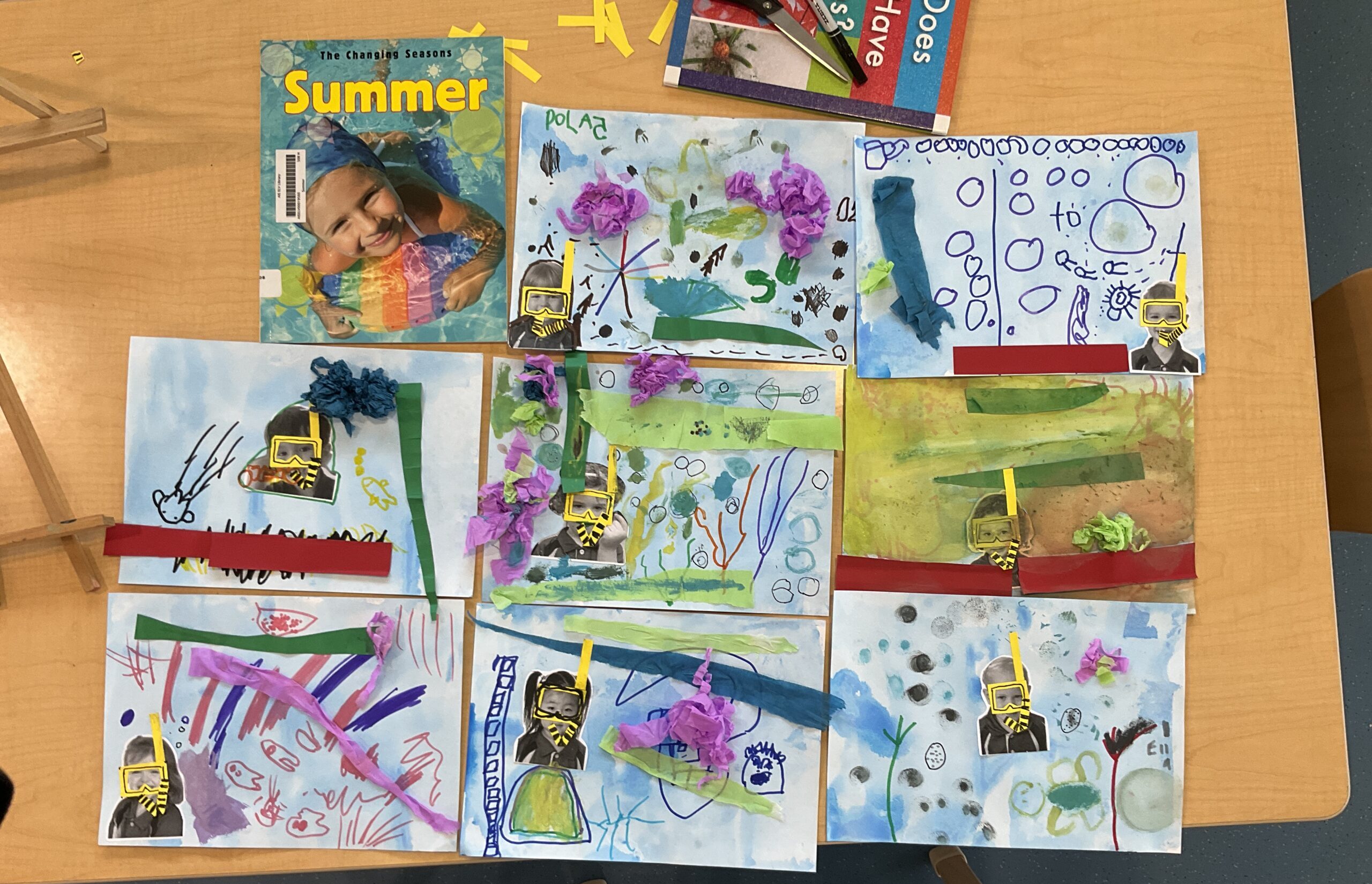From Pixels to Paint: Recreating AI Art with Traditional Techniques
Introduction:
In a world where artificial intelligence is increasingly part of the creative process, many artists are finding new ways to interact with this technology—not as a replacement, but as a partner. One compelling exercise is taking an AI-generated painting and recreating it using traditional painting methods. This approach not only sharpens artistic skills but also deepens your understanding of style, composition, and technique.
Why Recreate AI Art with Traditional Media?
- Sharpen Observation Skills
AI-generated images often combine unexpected elements or create stylized interpretations that challenge how we see form, light, and color. Recreating these works forces you to study them with a critical eye—how does the light fall? What textures are implied? What perspective rules does the AI follow (or break)? - Practice Color Mixing and Theory
AI art can feature surreal or hyper-saturated palettes. Matching these colors manually trains your eye in color theory, mixing, and harmony—skills that are essential for expressive painting. - Understand Composition Choices
AI often produces compositions based on learned datasets, which may include centuries of artistic tradition or modern abstraction. When you reinterpret one of these pieces, you start to decode those compositional decisions. You learn to ask: Why is the subject off-center? What’s the focal point? How does the background support the scene? - Improve Technical Execution
Translating digital textures into real-world brushwork helps you expand your technical vocabulary. Whether it’s replicating smooth gradients, rough impasto, or fine detail, you develop control over your medium while pushing its boundaries. - Discover Your Own Voice
AI art can act as a creative springboard. As you recreate a piece, you might interpret it differently, introduce your own stylistic choices, or even change the narrative. The process becomes less about copying and more about transformation—helping you find your own visual language in response to the prompt.


Suggested Exercise:
- Choose an AI-Generated Painting
Use tools like DALL·E, Midjourney, or Artbreeder to generate a piece in a style that interests you. - Break Down the Image
Study the composition, color scheme, texture, and brushstroke suggestion. Sketch the structure lightly on canvas or paper. - Recreate with Traditional Media
Paint using oils, acrylics, watercolors, or your preferred medium. Take note of areas that challenge you—color matching, brush techniques, or depth—and reflect on why. - Compare and Reflect
Put the two side-by-side. What did you learn about the AI’s “style”? Where did you diverge from the original? How did your own hand influence the final outcome?





Conclusion:
This process isn’t about mimicking a machine—it’s about dialogue. You’re engaging with the image, interpreting it through your own skills and perspective. In doing so, you gain insight into both the nature of digital creativity and your own artistic growth. The result? A deeper understanding of art, whether born from code or canvas.


